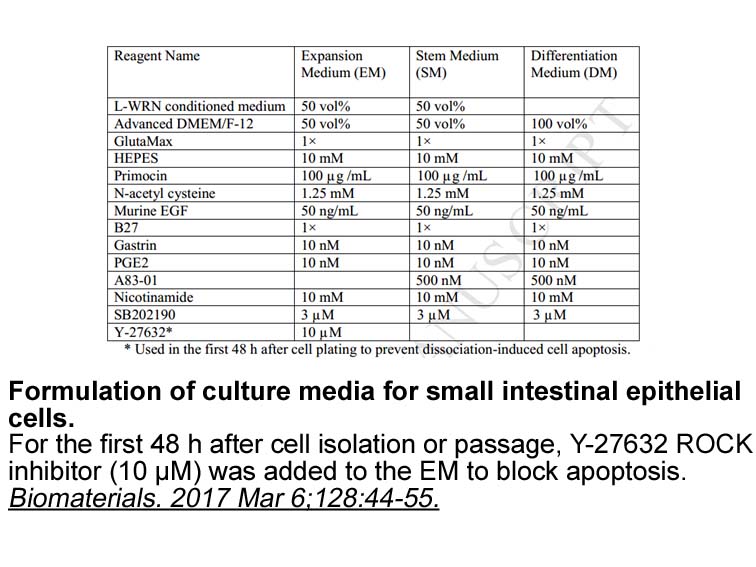Archives
br Adenosine and tumor microenvironment
Adenosine and tumor microenvironment
In the majority of carcinogenic processes a proinflammatory state is generated [36], [37]. In addition, a tumor hypoxic environment is generally due to inadequate perfusion of oxygen to the tumor [38].
Immunomodulators are molecules that regulate the immune response. In this context, adenosine acts as an immunomodulator in inflammatory conditions [39], [40]. Hypoxia [41], [42] and inflammatory conditions increase adenosine levels [43]. Adenosine is capable of modulating immune cell activity, such as T lymphocytes, regulatory T capmatinib australia (Treg) and B lymphocytes, inducing the expression of anti-inflammatory mediators [44], [45], [46]. However, increased adenosine levels can down regulate immune cell activity and promote cancer progression [47].
ATP release to tumor environment is involved in adenosine generation [48]. ATP is actively released by immune cells playing a role in the immune response [49], [50]. Activated platelets interact with the tumor environment and may mediate the release of ATP [51]. ATP is subsequently metabolized to AMP and adenosine by CD39 and CD73 ecto enzymes, respectively. Induction of these enzymes are mediated by hypoxia sensitive transcription factors, as Sp1 and HIF-α [52], [53]. Alternate CD39 independent mechanism exist that produce adenosine from NAD+ it involving enzymes CD38/CD203a/CD73, [54], [55]. Adenosine concentration decrease is mediated by adenosine kinase (AK) and adenosine deaminase (AD). AK transforms adenosine to AMP. Under hypoxic conditions the expression of the AK decreases, favoring a high concentration of adenosine [42]. Inosine is a purine produced by the breakdown of adenosine by AD. Inosine has been shown to prevent inflammatory events like cytokines increases, tissue damage and leukocyte migration [56], [57], [58], [59]. A2a, A2b and A3 receptors are involved in this effect [58], [59].
Adenosine A2b receptor and immunosuppressive activity
The importance of ARs signaling has been recognized in tumor progression. Studies on ARs signaling in the immune system have established that this pathway has immunosuppressive effects [60]. It has been reported that adenosine is capable of modulating cytokine secretion in immune cells. Acting primarily by A2a, adenosine is able to decrease the production of IL-1β, IL-2, IL-12 and TNF-α. [61], [62], [63] while favoring the production of IL-10 and IL-4 having an anti-inflammatory function [64], [65]. A2b receptor has also been shown to modulate IL-10 and TNF-α levels [64], [66], [67] but h as a less relevant than A2a role.
In this sense, the present section describes the A2b role in loss of immune function during cancer progression (Fig. 1).
as a less relevant than A2a role.
In this sense, the present section describes the A2b role in loss of immune function during cancer progression (Fig. 1).
Adenosine A2b receptor and tumor progression
Adenosine has been shown to affect various physiological and pathological processes, largely through 1 or more of its 4 types of G-protein-coupled adenosine receptors: A1, A2a, A2b and A3 [104]. A2b is the receptor with lower affinity for adenosine [105], [106], for this reason its physiological importance has been underestimated. However, A2b can be relevant in conditions where there is an increase in adenosine concentration such as in a tumor microenvironment.
A2b advantages and others adenosinergic components
Among the components that mediate the effects of adenosine in cancer, A2b has certain advantages as a therapeutic target with respect to other elements such as A2a and CD73. These have a more important immunosuppressive effect in a wider spectrum of immune cells. Although A2b immunosuppressive effects are modest, they are required to complete adenosine dependent immunomodulation [77]. A2b is expressed in endothelial, stromal and tumor cells, participating actively in processes such as angiogenesis and metastasis. Its participation in the carcinogenic process goes beyond its expression in immune cells, as is suggested in a recent study by Mittal et al. where A2b expression in melanoma and breast cancer cells promoted metastatic progression independent of A2b expression in lymphocytes and myeloid cells [111].